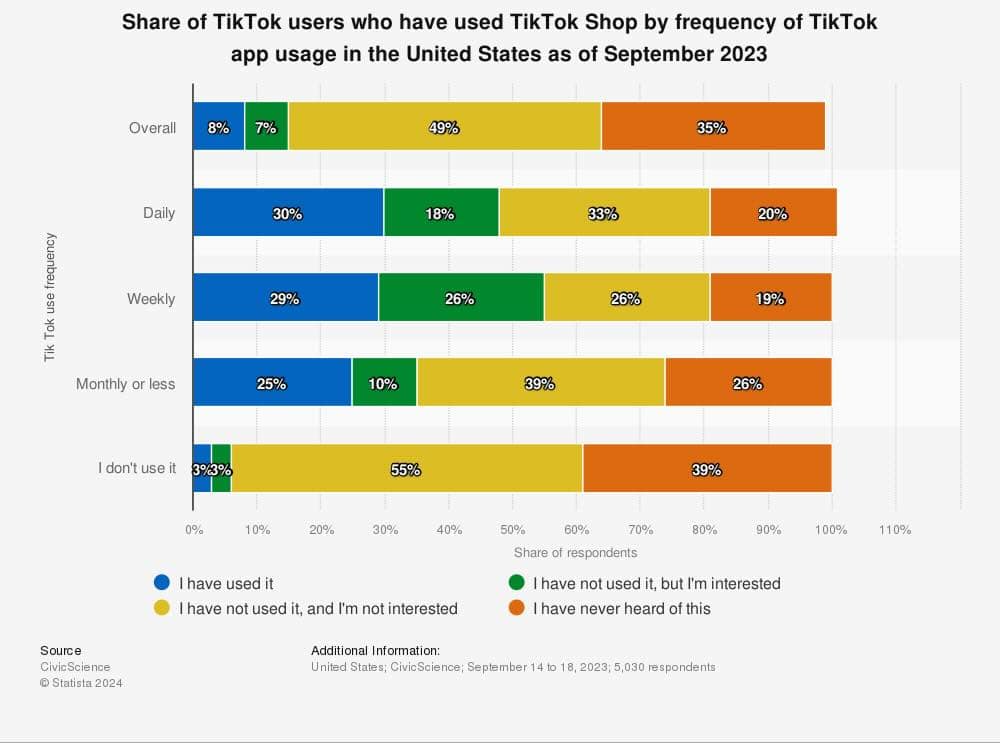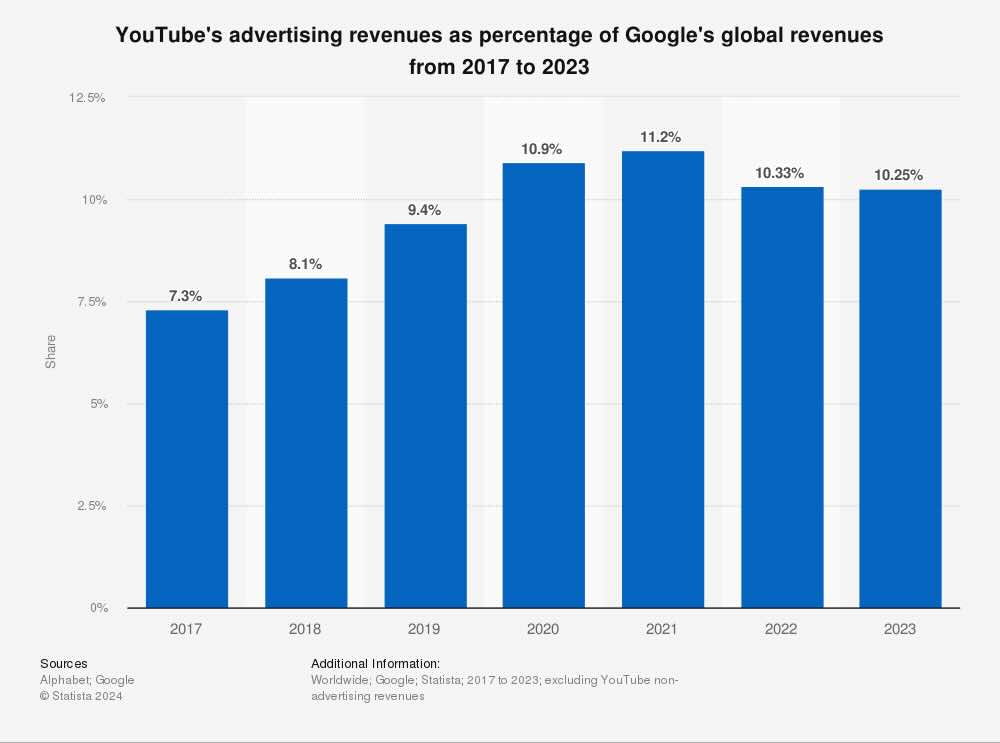Short-form video content has taken the marketing world by storm in recent years, quickly establishing itself as one of the most effective ways to engage audiences. Platforms like TikTok, Instagram Reels, and YouTube Shorts have led the charge, offering bite-sized entertainment and information that aligns with the fast-paced consumption habits of today’s digital users. This shift to short-form video transforms how brands communicate, compelling marketers to rethink traditional content strategies.
The rise of short-form video can be attributed to several factors, the most significant of which is the changing attention span of consumers. Studies show that the average attention span has dropped from 12 seconds in 2000 to about 8 seconds in 2023. As a result, platforms offering content that quickly grabs attention are flourishing. With its highly engaging and algorithm-driven video feed, TikTok capitalized on this shift, inspiring other platforms like Instagram and YouTube to introduce their own short-form video features.
Moreover, the appeal of short-form video lies in its simplicity and versatility. Brands can create concise, impactful messages that resonate with diverse audiences. Whether showcasing a product, launching a campaign, or entertaining followers, short-form videos enable marketers to deliver messages without requiring a significant time commitment from the viewer.
Market Leaders in Short-Form Video: TikTok and YouTube
The short-form video revolution has brought two platforms to the forefront: TikTok and YouTube, each leading the way with unique approaches to content, audience engagement, and revenue generation.
TikTok: Revolutionizing Social Media with ByteDance
Launched internationally in 2017, TikTok has transformed social media with its engaging short videos, viral dances, and quirky Gen Z commentaries. This rise mirrors broader technological trends such as the shift from desktop to mobile and users’ growing preference for short, dynamic content.
TikTok’s parent company, ByteDance, has been at the helm of this growth. As of 2023, ByteDance was valued at over $200 billion, making it the top unicorn worldwide. In the second quarter of 2023 alone, ByteDance generated nearly $30 billion in revenue—a 40% increase from the previous year. TikTok’s seamless user experience, particularly for mobile users (who now make up over 90% of the digital population), has contributed significantly to this success.
TikTok’s user base skews young, with Gen Z being the dominant demographic. The platform’s ease of use and endless stream of user-generated content has created an ecosystem where users not only consume but also actively create and share content, making it a highly engaging and participatory space for audiences and advertisers alike.
YouTube: The Veteran Adapting to Changing Tastes
While TikTok has seen explosive growth, YouTube remains a formidable competitor in the digital video space. With over 2.5 billion global users in 2024, YouTube’s strength lies in its versatility, offering everything from music and gaming to DIYs and educational clips. It has also been a launching pad for corporate media, with viral content like BTS’s “Butter” music video reaching 100 million views within a day.
Despite the rise of TikTok, YouTube has maintained its dominance, particularly in terms of advertising revenue. Between 2022 and 2023, YouTube saw a resurgence in ad growth, coupled with increasing subscriptions and user engagement. By adopting short-form video content through YouTube Shorts, the platform has successfully pivoted to meet changing user preferences, ensuring it remains a critical player in the video content space.
The Competitive Landscape
While TikTok and YouTube may seem like competitors, they represent complementary aspects of the digital video ecosystem. TikTok excels at bite-sized, quick-consumption content that drives trends and virality. At the same time, YouTube remains a hub for more diverse and long-form content, catering to a broader demographic and hosting everything from corporate media to grassroots creators.
As TikTok continues to innovate with new advertising models and YouTube capitalizes on its established infrastructure and global reach, both platforms are poised to shape the future of digital video marketing. TikTok’s mobile-first, short-form approach and YouTube’s adaptable, diversified content offering position them as leaders in the evolving digital video landscape, with each platform capitalizing on its strengths to engage global audiences and attract advertisers.
Marketing Strategies for Short-Form Video Success
Short-form video content is reshaping marketing strategies across industries, requiring brands to adapt quickly to capture their audience’s attention. As platforms like TikTok, Instagram Reels, and YouTube Shorts dominate, successful marketing hinges on creativity, engagement, and adaptability. Below are some proven strategies brands can leverage to make the most of short-form video content.
Prioritize Quick, Impactful Storytelling
In the realm of short-form video, every second counts. Successful marketers craft stories that grab attention within the first 2-3 seconds. The most effective content delivers a clear and emotionally resonant message almost instantly, aligning with digital users’ fast-paced consumption habits. Whether it’s humor, inspiration, or suspense, a quick emotional hook can make all the difference.
Brands like Nike have excelled at this by blending compelling narratives with user-generated content, turning short moments into meaningful stories that align with their brand identity. This storytelling connects emotionally with viewers, increasing engagement and brand loyalty.
User-Generated Content (UGC)
One of the most potent tools in short-form video marketing is user-generated content (UGC). Encouraging your audience to create videos related to your brand fosters a sense of community and authenticity. UGC campaigns often increase engagement rates because users feel more personally invested.
For example, Chipotle has harnessed UGC on TikTok, running challenges encouraging users to create videos featuring their menu items. This strategy drives engagement and provides a steady stream of authentic, brand-aligned content that reaches new audiences without the high costs of traditional advertising.
Influencer Marketing
Influencer partnerships are key to unlocking the full potential of short-form video platforms. Collaborating with influencers, especially those with strong followings on TikTok, Instagram, and YouTube, allows brands to tap into pre-existing communities. Influencers offer a trusted voice that can introduce products in an organic and relatable way.
Brands like La Roche-Posay have successfully partnered with influencers to promote their products. For instance, during the 2023 US Open, La Roche-Posay worked with influencers to showcase their sunscreen products, creating relatable and timely content that resonated with event attendees and social media followers.
Leverage Trends and Challenges
Trends and challenges are the bread and butter of platforms like TikTok. Brands that capitalize on trending hashtags, audio tracks, and viral challenges can quickly boost their visibility. Marketers must stay agile, identifying and adapting to trends in real time.
For instance, Ocean Spray’s viral TikTok campaign involving a cranberry juice-sipping skateboarder, accompanied by Fleetwood Mac’s “Dreams,” was a huge success. Ocean Spray didn’t create the video, but they quickly jumped on the viral moment by amplifying it, which led to significant exposure and brand love.
Optimize for Mobile Viewing
Since short-form videos are consumed predominantly on mobile devices, brands must ensure their content is optimized for vertical viewing. This includes high-quality visuals that are mobile-friendly, ensuring that content loads quickly and making text easily readable on small screens.
Platforms like Instagram Reels and TikTok have embraced vertical video formats as the standard. Marketers should design their ads and organic content to fit seamlessly within this structure, as mobile-first content performs significantly better in engagement.
Incorporate Call-to-Action (CTA) Features
Short-form videos should include clear call-to-action (CTA) features, whether it’s to visit a website, shop for a product, or engage with a campaign. TikTok and Instagram make this easy by allowing brands to embed clickable links and shopping features within their videos. This turns engagement into action, driving conversions directly from the platform.
Brands like Sephora have implemented CTAs effectively by promoting limited-time offers and encouraging viewers to shop directly from Instagram Reels, creating a seamless customer journey from discovery to purchase.
The future of short-form video
As short-form video content continues to evolve, several key trends will shape the future of marketing. Artificial intelligence (AI) is set to play a major role in automating and enhancing video creation. With AI-generated tools, brands can produce content at scale while maintaining personalization tailored to individual user preferences. This level of customization is crucial for standing out in an increasingly competitive landscape, as brands can now deliver hyper-personalized content to the right audience at the right time.
Interactivity will also become a more significant feature of short-form videos. As platforms integrate more interactive elements like clickable links, polls, and shoppable videos, brands can convert passive viewers into active participants. Augmented reality (AR) will enhance this by allowing users to engage more deeply with content, such as virtually trying on products or interacting with branded environments.
Monetization through short-form videos is also expected to grow, especially as social commerce becomes more integrated into these platforms. TikTok has already begun testing shoppable video ads; other platforms like Instagram and YouTube will likely follow suit. The ability to discover and purchase products directly from the app will streamline the customer journey, making short-form videos an essential tool for digital storefronts.
As brands expand their presence across multiple platforms, they must focus on cross-platform integration. By tailoring content to suit each platform while maintaining a consistent brand message, they can reach broader and more diverse audiences. Furthermore, as consumers become more socially conscious, brands will increasingly produce content highlighting sustainability and social responsibility. Branding their short-form video strategies with causes that resonate with their audience will strengthen their connection with consumers, particularly younger, more values-driven demographics.











